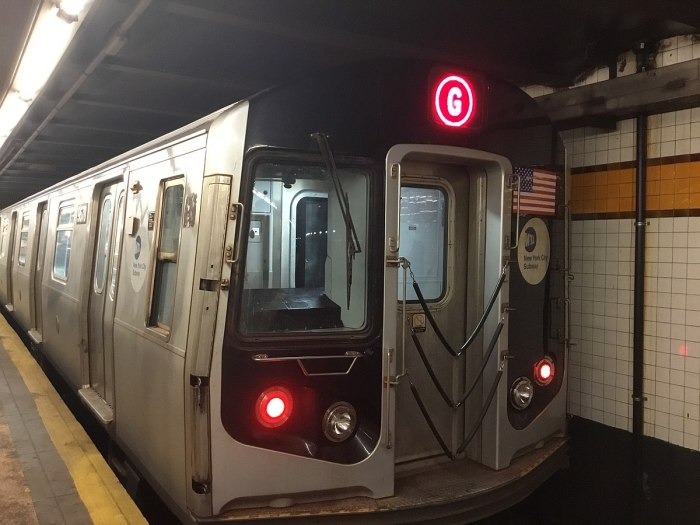amExpress went to Puerto Rico last week to check in on storm recovery and the fate of an island tied by strong familial and cultural bonds to NYC. Other dispatches from the trip about electricity, partying, and the San Juan mayor have already appeared in the newsletter. Another update appears if you’re interested, we’ve also posted about San Juan traffic, the New York utility contingent’s beachside headquarters and some of the people we met along the way.
SAN JUAN — You might call Orlando Montañez, 32, a serial entrepreneur. A video yearbook business went well. A tutoring endeavor didn’t. Eventually, he hit on coffee expositions, tapping into a hundreds-year-old Java-drinking tradition in Puerto Rico. He preferred Vespa scooters and good food to coffee, but he liked the business opportunity.
The success of ventures like those will be crucial to build the economy and keep young Puerto Ricans on the island. But that has been a problem, before and after Hurricane Maria’s devastation.
For Montañez’s expo, for example, which had grown to include chocolate, last year’s timing couldn’t have been worse: the weekend after September’s storm. “We had to cancel it,” he says. “It was a huge loss.” The convention center in San Juan, which Montañez uses for his event-planning business, became a headquarters for storm recovery.
Montañez says he and his business partner had to let two employees go, with Christmas bonuses and severance. But when he wanted to move forward again, those employees were no longer available. They had moved to the States, along with tens of thousands of other Puerto Ricans. Their move is part of trend that started about 10 years ago — many leaving for Florida, Texas and New York. The depletion of the workforce and the outflow of young entrepreneurial talent — in part due to Puerto Rico’s economic crisis and governmental mismanagement — make the recovery of an already weak island economy more difficult.
Florida officials have said more than 200,000 Puerto Ricans have come to their state since Maria. It’s unclear how many will remain, but a December study by Hunter College’s Center for Puerto Rican Studies found that 10,324 Puerto Rican students have enrolled in Florida school districts since Sept. 20, a possible measure of families remaining permanently.
The exit could rival the scale of the historic migration of Puerto Ricans in the 1950s, when hundreds of thousands settled in the United States.
“It’s one thing on top of another,” says Kenneth Rivera, president-elect of the Puerto Rico Chamber of Commerce. The economy often means relatively low salaries. The commonwealth is grievously in debt, sometimes nickel-and-diming its people. Energy is ridiculously expensive.
Then the hurricane hit. Even for those who were physically safe, schools were hugely disrupted. And four months after the storm, nearly half the island is still without power. Small wonder people are buying plane tickets. Rivera, a CPA who also teaches accounting, estimates some 30 percent of his students, whose profession allows mobility, are leaving for the mainland.
What might keep them? The cultural pull of family?
“I moved 20 minutes away from my dad,” Rivera, 50, says, “and I felt like an outcast.” Even a short distance felt far away.
There is the warm weather and sense of home, and for some, the idea that maybe the bad weather is a chance to cast off old mistakes: to build a stronger energy grid, to diversify the economy, to ignore the sleights of the mainland. Those thoughts come on good days.
Montañez says he sometimes worries, “Am I investing in my youth where I’m supposed to?” He knows he’ll have to follow business where it goes, but wants to remain rooted close to home. There is plenty of uncertainty, but he’s doing his best to ride through it.
There will be a coffee and chocolate exposition in San Juan in 2018, but in the spring, out of hurricane season.
Mark Chiusano is a member of Newsday’s editorial board.


































